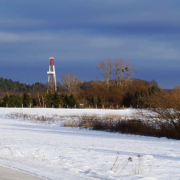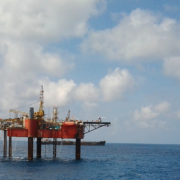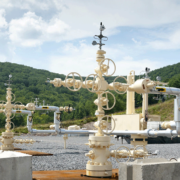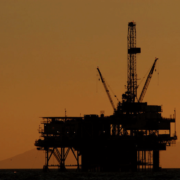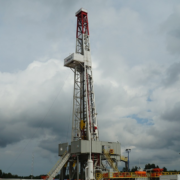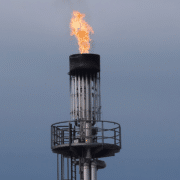The world’s largest oil companies are set for a cash flow bonanza this year, probably at record levels, as massive cost cuts in the wake of the 2020 oil price and oil demand collapse have significantly lowered the corporate cash flow breakevens for many firms.
After posting record losses in 2020, a year which company executives described as one with “the most challenging market conditions,” Big Oil is looking at 2021 with increased optimism, mostly because oil prices have rallied in recent weeks. Moreover, the ultra-conservative capital spending plans and the huge cost cuts have allowed international oil companies (IOCs) to materially lower their cash flow breakevens.
These factors are set to result in a record cash flow for the biggest oil firms this year if oil prices average $55 per barrel, Wood Mackenzie said in new research.
Currently, investment banks largely believe that a tightening oil market, easy monetary policies from governments to boost economies, and oil as a hedge against inflation for investors would lead to oil prices averaging around $60 a barrel this year, with possible spikes to $70 and even $75 before or during the summer.
Click here to read the full article.
Source: Oil Price


